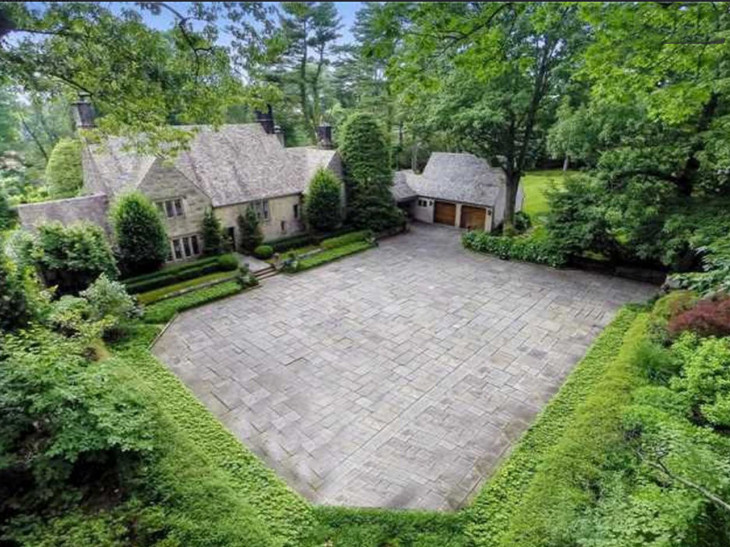After months of back-and-forth, an environmental impact statement in a project to demolish and subdivide property housing a 91-year-old historical building was accepted Tuesday by the Village of East Hills Planning Board.
The Mackay estate at 2A Melby Lane is owned by Steven and Wendy Shenfeld, who in 2017 sought to demolish the main house and split the property in half as part of a four-house subdivision.
Made of stone and constructed in 1929, the house was originally built for John Mackay III, grandson of John Mackay, who was among the discoverers of the Comstock silver mines in the 1870s. His father was Clarence Mackay, owner of the 648-acre Harbor Hill estate, which made up much of East Hills from 1902 to the 1940s.
Harbor Hill was left to the youngest Mackay upon his father’s death in 1938, and the estate gradually fell into disrepair due to neglect and vandalism, according to the Roslyn Landmark Society. The property’s main mansion was demolished in 1947, and parts of the area were sold to real estate developers in the late 1950s and 1960s.
Now the only remains of the Harbor Hill estate are the gate lodge, a water tower, a dairyman’s cottage, two pink marble copies of the classic Marley Horses statues, and the Melby Lane house.
The Village of East Hills ordered an environmental impact study on the project in 2017, and took control of the estate’s gatehouse in November of that year. Residents, environmentalists and local historians subsequently voiced strong opposition to the property’s demolition at Planning Board hearings.
At the meeting on Tuesday, Planning Board President Steve Kafka said that the environmental impact statement had been resubmitted “a number of times based on comments that our consultants made.”
“At our August 25 meeting, the board decided to have our consultants take over the necessary revisions of this finally rather than to continue to go back and forth,” Kafka said at the meeting, held over Zoom. “We’ve all received the latest revised draft of the final environmental impact statement in early October, and I personally am OK with the final documents.”
The documents have not been publicly disclosed.
After the board unanimously voted to approve the impact statement, Kafka said that the village’s consultants will next prepare a draft finding statement for the board’s review and consideration “at our next meeting.”
No date has been announced for the board’s next meeting.



